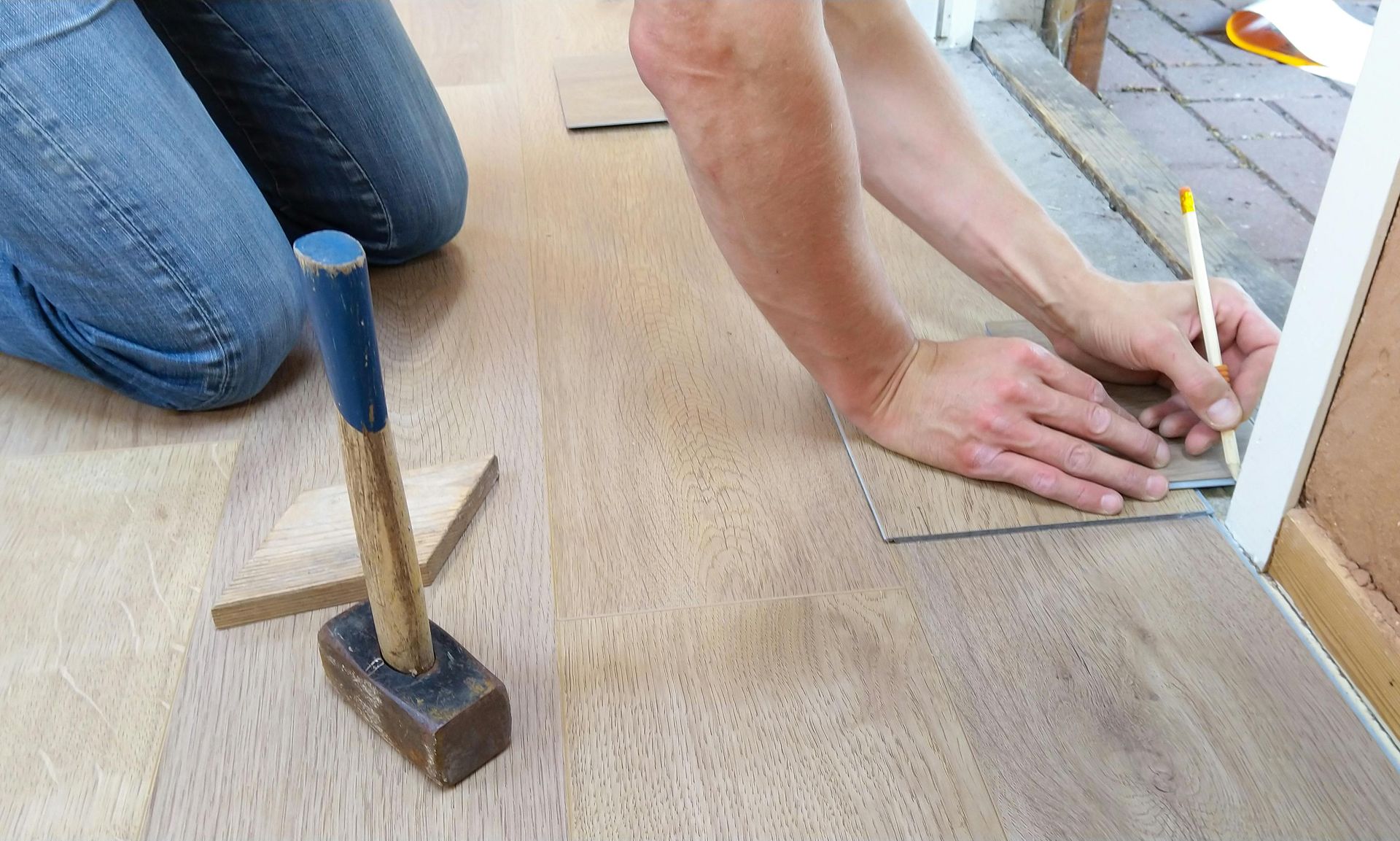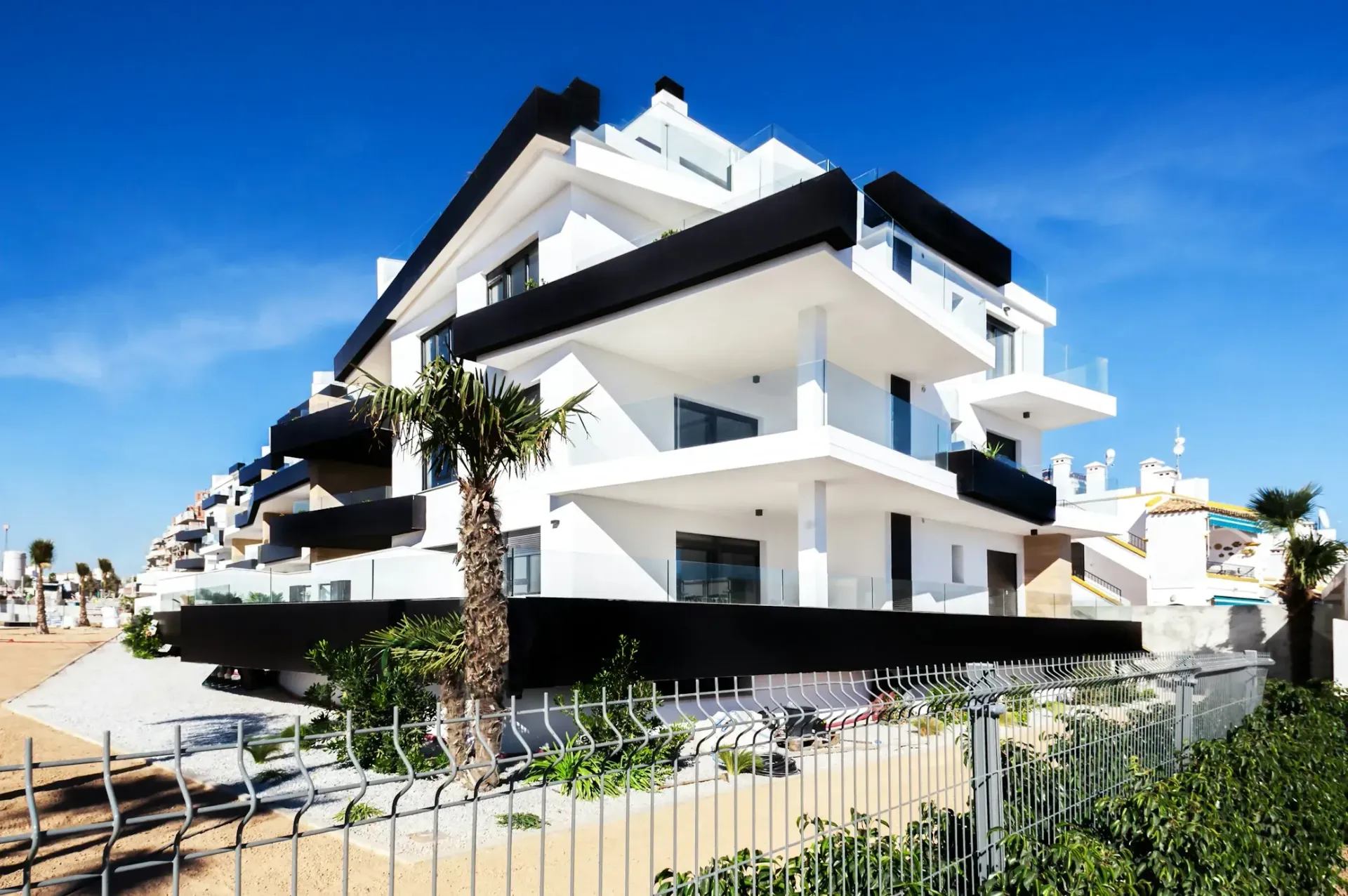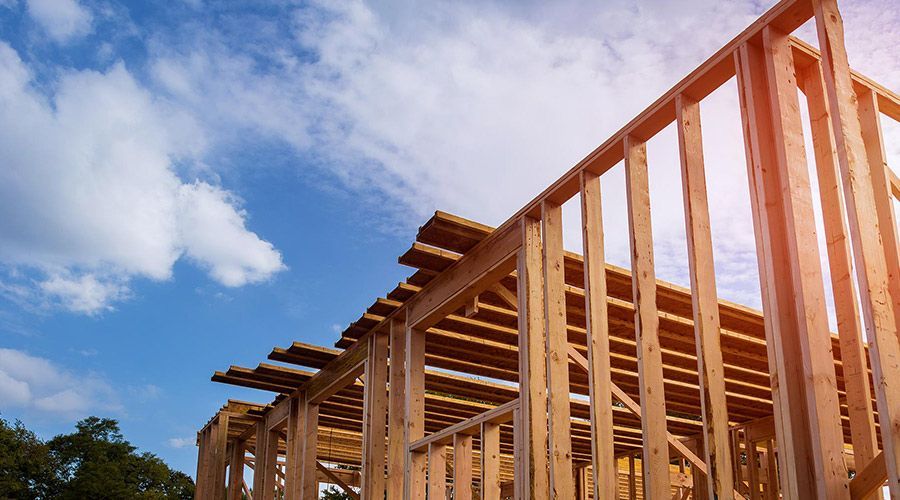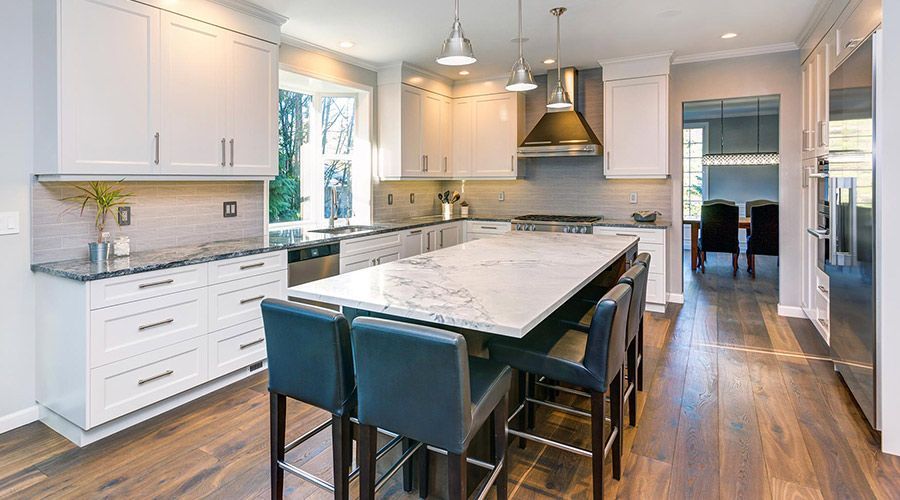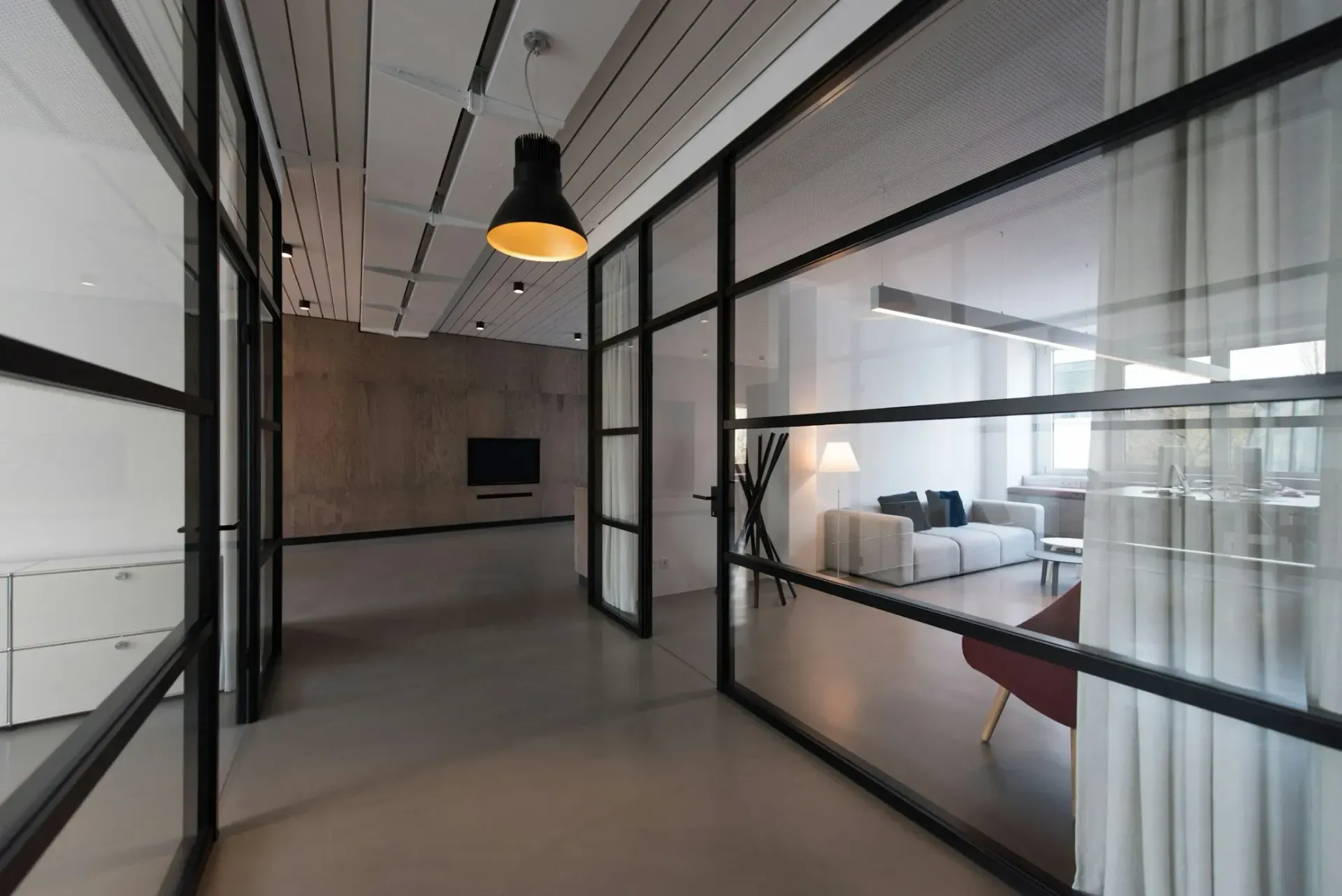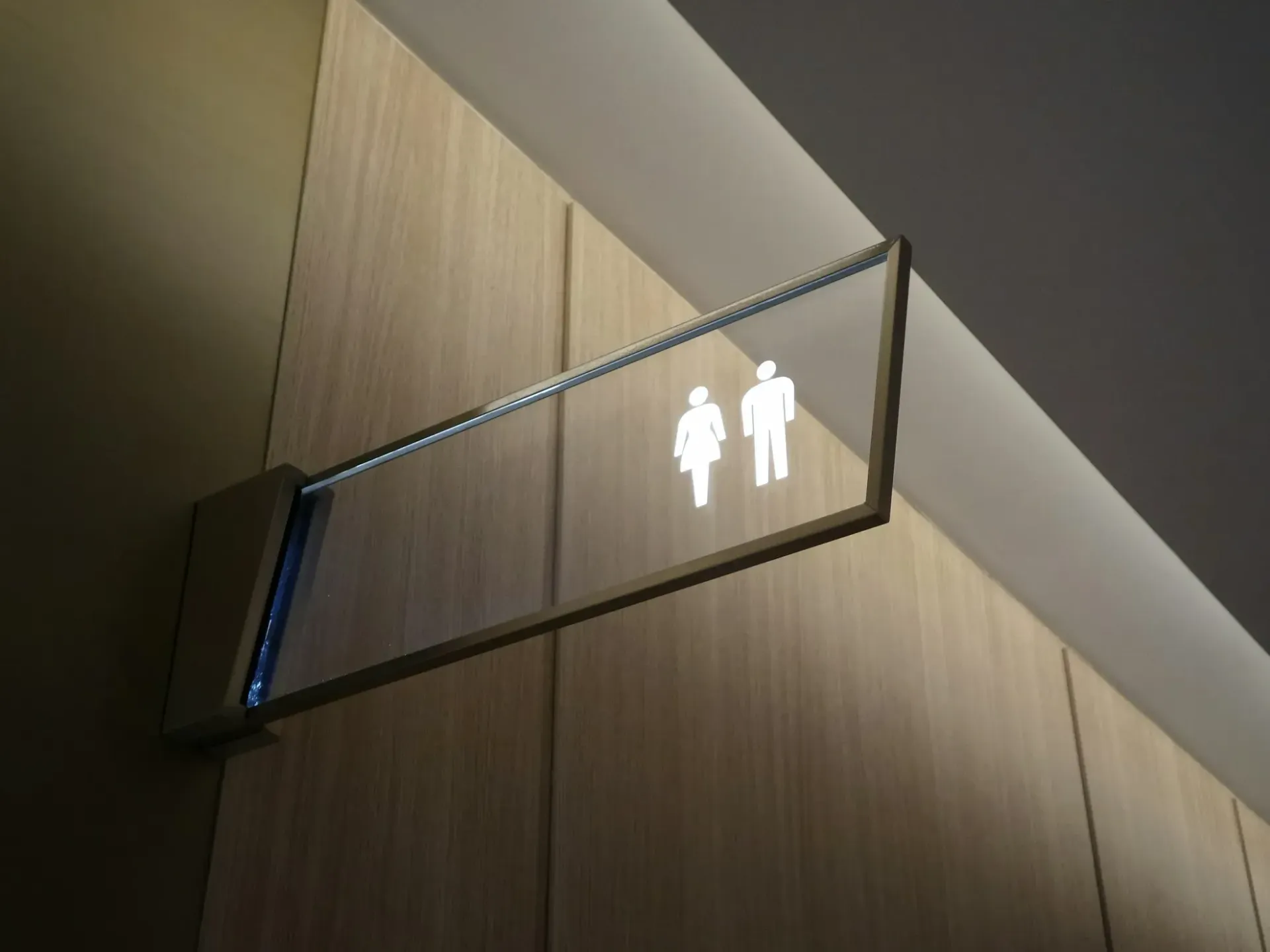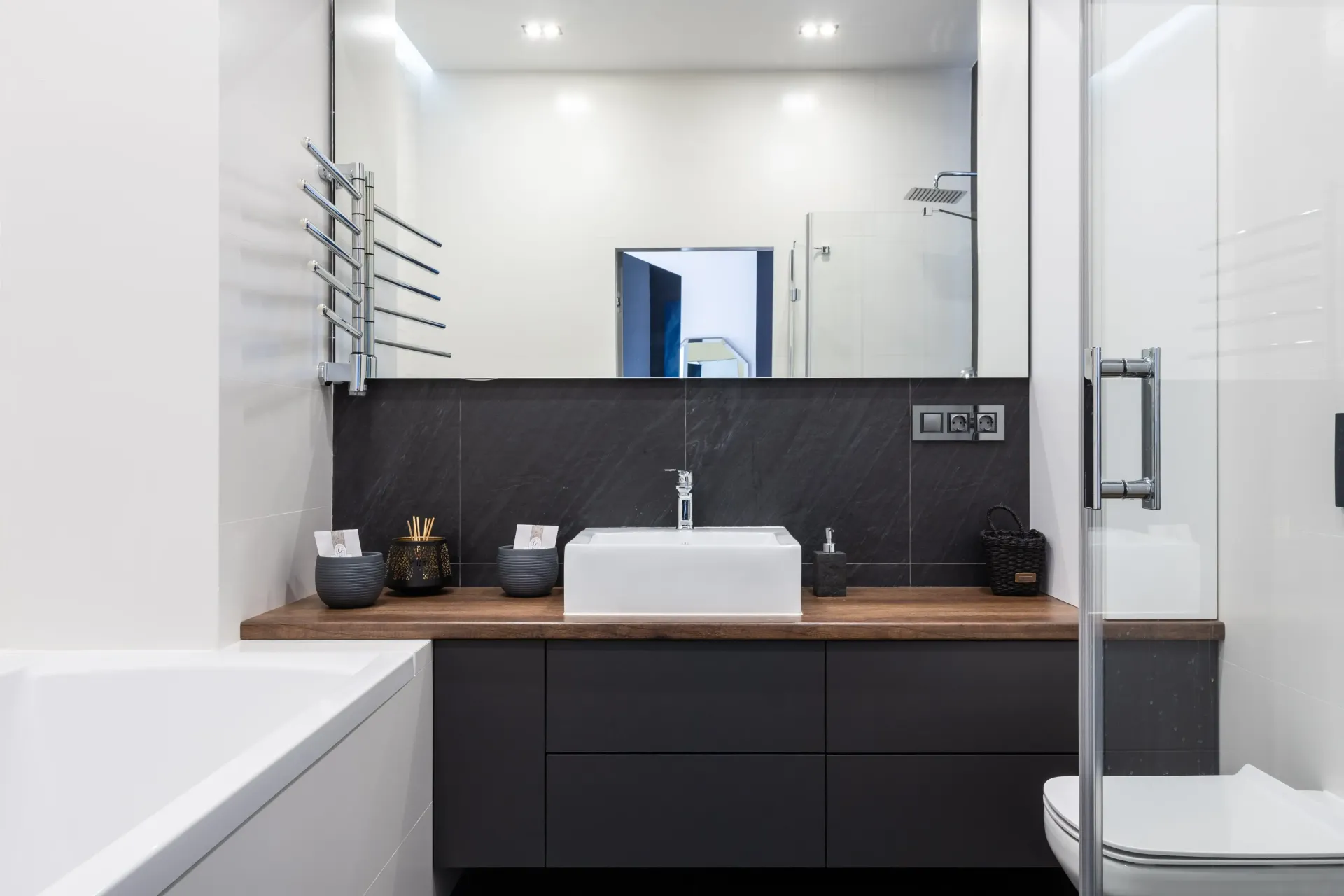What Influences the Cost of Your Kitchen Remodel?
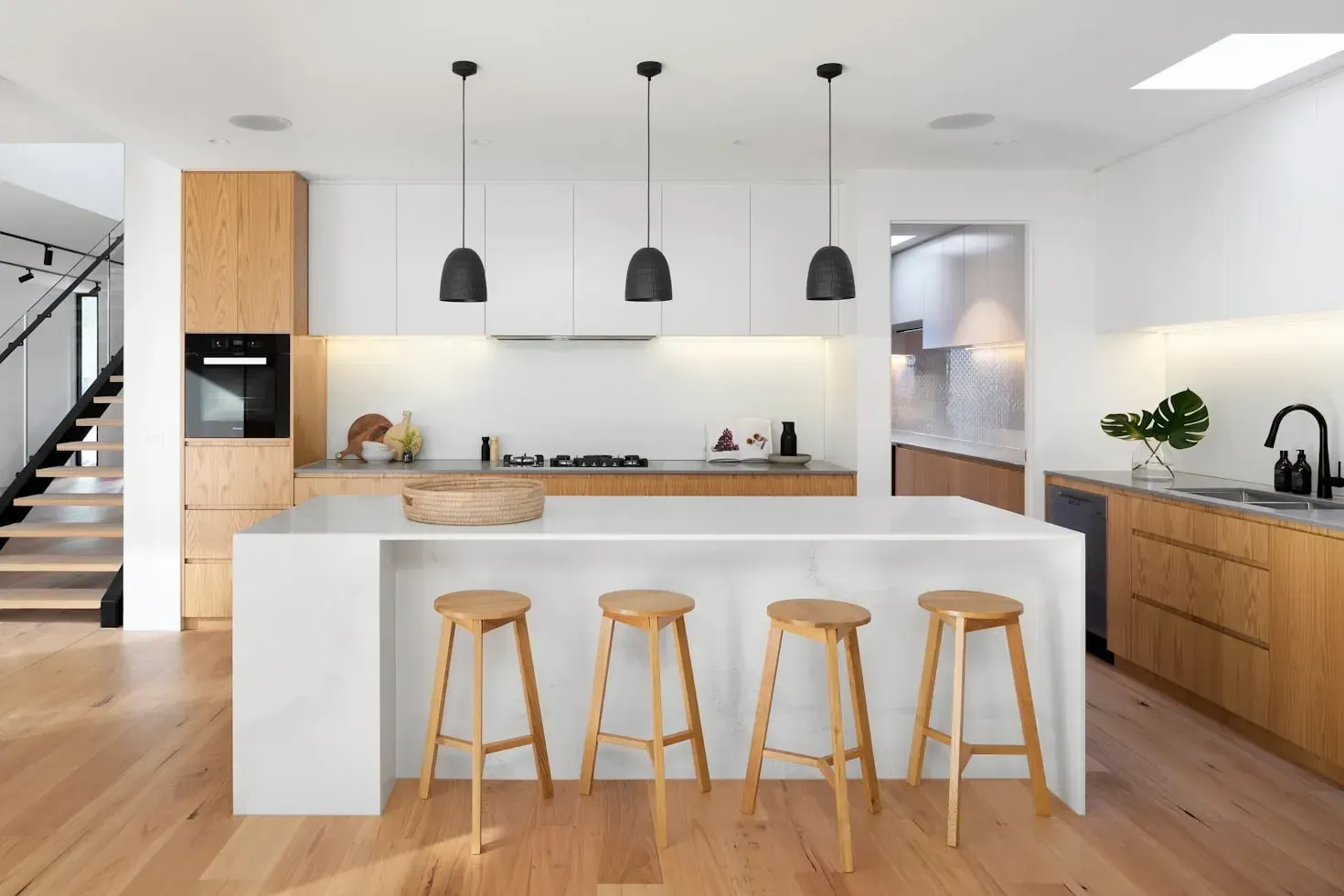
Thinking about remodeling your kitchen? It’s an exciting prospect. A revamped kitchen can enhance your home’s functionality, improve its appearance, and boost its market value. But, the costs can vary widely. Several factors influence these costs, from the kitchen's size to the materials you choose.
Understanding these factors is crucial for budgeting effectively and avoiding surprises. This guide will detail the key elements that impact the overall expense of remodeling a kitchen, helping you make decisions that fit your budget and design goals.
Whether you're planning a small update or a complete overhaul, knowing what affects the costs will help you plan your project wisely. Let’s start by exploring how the size and layout of your kitchen can change your remodeling budget.
Size and Layout
The size and layout of your kitchen are big factors in how much your remodel will cost. Bigger kitchens need more materials and more work, which means higher costs. But it's not just the size that matters; changing the layout can also bump up the price.
Expanding or Rearranging
Want to knock down walls for an open kitchen plan or move things around for a new look? These changes can get pricey. You might need an architect or an engineer to help, which adds to your expenses.
Small Kitchen Focus
If you're working with a smaller kitchen, smart design can make the most of your space without costing a lot. You may not need to expand your kitchen to make it better. Sometimes, just reorganizing or adding new cabinets can make your kitchen feel brand new.
Cost-Saving Tips
If you want to save some money, think about updating your kitchen without any big structural changes. For example, new cabinets or a fresh layout that uses your kitchen's current shape can change the look without the high cost of big changes.
Every choice you make about size and layout affects how much you'll spend. Knowing this helps you balance what you want with what you can afford.
Material Selection
Choosing the right materials for your kitchen remodel is crucial, not just for the look and feel, but also for your budget. The materials you pick—from countertops to flooring to cabinets—can significantly affect the total cost.
Countertops
Options like granite, quartz, or laminate vary widely in price. Granite and quartz are on the higher end, offering durability and a high-end look, while laminate is more budget-friendly and still comes in various styles that can mimic the appearance of more expensive materials.
Flooring
Flooring choices range from hardwood and tiles to vinyl and laminate. Hardwood and tile are great for durability and style but can be pricey. Vinyl and laminate offer a cost-effective way to achieve a similar look without the higher expense.
Cabinets
The cost of cabinets can vary depending on whether you go for custom, semi-custom, or stock cabinets. Custom cabinets are the most expensive, tailored to your specific needs and tastes. Stock cabinets are the most affordable, with limited options for customization but a much lower price point.
Mix and Match
To keep within your budget, consider mixing materials. You might choose a more expensive material for one area, like quartz countertops, and save in another area, like opting for laminate flooring instead of hardwood.
Choosing materials wisely means balancing between what you love, what lasts, and what your budget allows. Each material brings its own set of benefits and costs, and understanding these can help you make informed decisions that align with both your design vision and your financial plan.
Appliance Upgrades
Upgrading appliances is a big part of any kitchen remodel. The choices you make here can really impact your budget, but also how much you enjoy your kitchen later.
Choosing Appliances
When picking new appliances, think about what you need most. Do you cook a lot? A high-quality stove might be worth investing in. Need to save space? Look for a fridge that fits well but has all the features you need. Remember, more features and better efficiency usually mean a higher price.
Energy Efficiency
It’s smart to consider energy-efficient appliances. They can cost more upfront, but they save you money in the long run by using less electricity or gas. Plus, they're better for the environment.
Balancing Cost and Quality
You don't always have to go for the most expensive option. Sometimes, mid-range appliances offer the best value, giving you good quality and performance without the high-end price tag.
Installation Costs
Don't forget about installation costs. Some appliances need special plumbing or electrical setups, which can add to your total expenses. Make sure to factor these in when budgeting.
Upgrading your appliances is not just about making your kitchen look newer; it’s about making it work better for your daily life. It's important to choose appliances that fit your needs, your budget, and your kitchen's design.
Labor and Installation
The cost of labor and installation is a major part of any kitchen remodel budget. Who you hire and how the work is done can greatly affect your costs and the overall quality of the project.
DIY vs. Professional Help
If you're handy, you might save some money by doing parts of the remodel yourself. Simple tasks like painting or installing new hardware can be DIY projects. However, for more complex jobs like plumbing or electrical work, it’s safer and often more cost-effective in the long run to hire professionals.
Choosing the Right Contractor
Picking the right contractor is crucial. Look for someone with good reviews and fair prices. Don’t just go for the cheapest option; make sure they provide quality work and use good materials. A reliable contractor can prevent costly fixes later on.
Understanding Quotes
When you get quotes from contractors, make sure everything is clear and included. Ask about what each part of the quote covers. Check if there are additional costs for things like demolition or waste removal, which can sneak up on you.
Timing and Efficiency
The time it takes to complete the remodel can also affect costs. A quicker job can reduce labor costs, but rushing might mean lower quality work. Find a balance that ensures a job well done without unnecessary delays.
Getting the labor and installation right is key to ensuring that your kitchen remodel looks great and functions well for years to come. It's an investment in your home that should be handled with care and planning.
Design Complexity
The design and aesthetics of your kitchen remodel can significantly influence both the cost and the final look of your space. The more complex your design, the higher the cost, especially if you opt for custom features or high-end finishes.
Simple vs. Custom Designs
A straightforward design using pre-made cabinets and standard materials is generally more budget-friendly. Custom designs that include unique features like a kitchen island with built-in appliances or custom lighting schemes tend to be pricier. These require more planning and labor, increasing the overall cost.
Finishes and Features
The types of finishes you choose—like high-gloss paints, luxury faucets, or specialty countertops—can also add to the cost. While these details may enhance the beauty and functionality of your kitchen, they come with higher price tags. Deciding which features are must-haves and which ones you can live without is important for sticking to your budget.
Aesthetic Coherence
Ensuring that all elements of your kitchen design harmonize well together requires careful selection and sometimes the guidance of a design professional. This can be an additional cost but is crucial for achieving a cohesive look that feels seamless and thoughtfully designed.
Practicality and Style
Remember, the kitchen is a functional space. It’s tempting to focus on aesthetics, but practical considerations shouldn't be overlooked. For example, easy-to-clean surfaces and sufficient storage are just as important as the style of your cabinets or the color of your walls.
Balancing complexity, functionality, and cost in the design phase is key to creating a kitchen that looks great and meets your everyday needs. By carefully planning and making informed decisions, you can craft a space that’s both beautiful and within budget.
Permits and Compliance
When remodeling your kitchen, understanding the requirements for permits and compliance with local regulations is crucial. These can significantly affect your budget and project timeline, so it's important to factor them in from the start.
Why Permits Matter
Permits ensure that your remodel meets local building codes and safety standards. They're not just paperwork; they're about keeping your home safe. Depending on the scope of your project, you might need permits for electrical work, plumbing, or structural changes.
Cost of Permits
The cost of obtaining permits varies depending on your location and the complexity of your remodel. It’s a good idea to check with your local building department early in the planning process to understand what you'll need and how much it might cost.
Hiring Professionals
Some tasks, especially those that involve compliance with building codes, often require professional help. Hiring a licensed contractor who is familiar with local codes can save you time and money. They can handle the permit process and ensure that all work is up to standard, helping you avoid costly mistakes or re-dos.
Timeline Considerations
Getting permits can sometimes delay your project, especially if revisions are needed or if there's a backlog at the building department. Plan for these potential delays by starting the permit process as early as possible.
Long-Term Savings
Properly permitted and compliant renovations can also save you money in the long run. They can prevent fines for non-compliance, make your home safer, and even increase its resale value by ensuring that all changes are legally documented and approved.
Navigating permits and regulations might seem daunting, but they are an essential part of your kitchen remodeling project. By understanding and planning for these requirements, you can ensure that your remodel goes smoothly and stays within budget.
Conclusion
Understanding all the factors that affect your kitchen remodel cost is key to planning your project successfully. Remember, a well-done remodel not only makes your kitchen more functional and beautiful but also adds value to your home.
If you’re thinking about remodeling your kitchen or any other part of your home, consider working with Bluroc. Located in Pleasant Grove, UT, Bluroc specializes in custom homes and full remodels. They're experts in turning outdated areas into modern, functional spaces. Whether it’s a new kitchen or a commercial building, Bluroc’s experienced team ensures every detail is perfect.
Bluroc works in Summit County, Salt Lake County, and Utah County. They are known for their careful work and dedication to customer happiness. No matter if you're building a new home or updating an old one, Bluroc has the skills to bring your vision to life.
Ready to transform your space? Contact Bluroc today for a consultation, and start making your dream home a reality.


